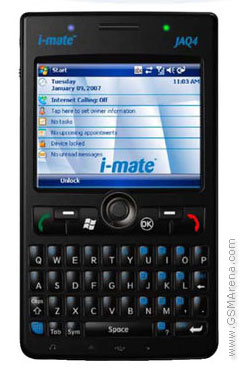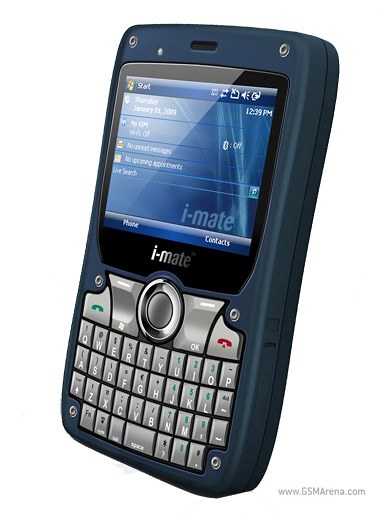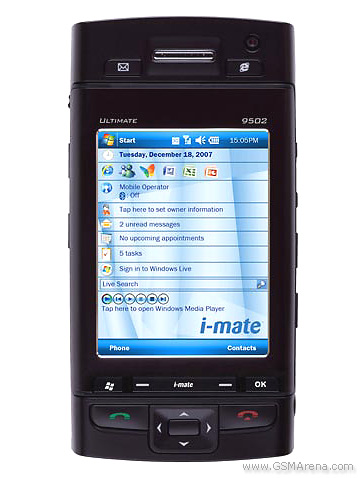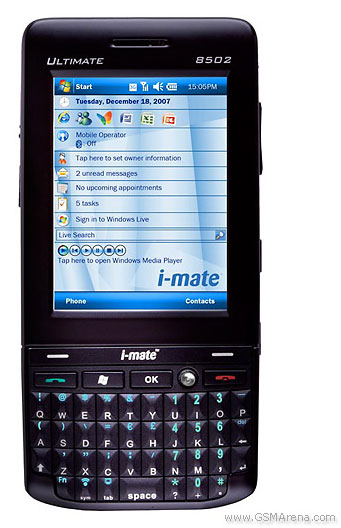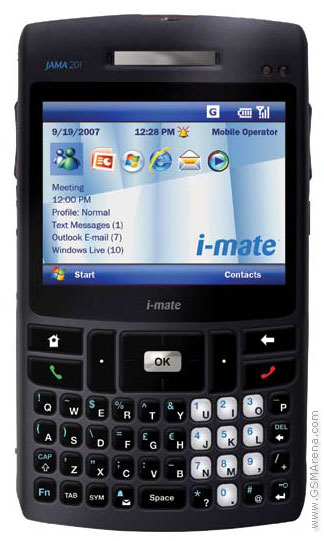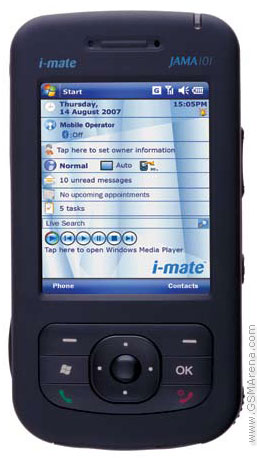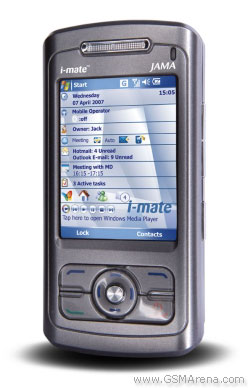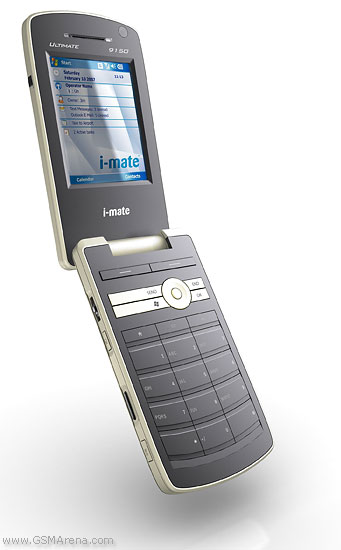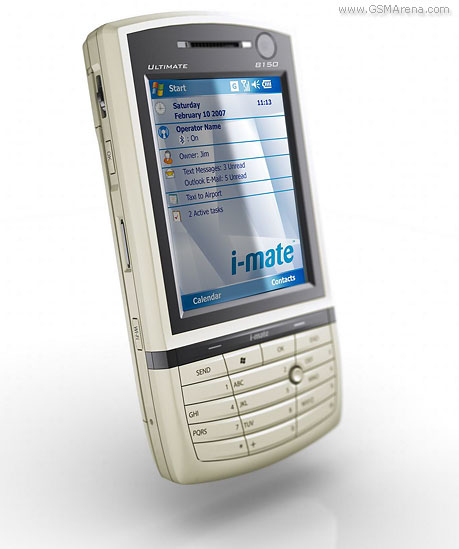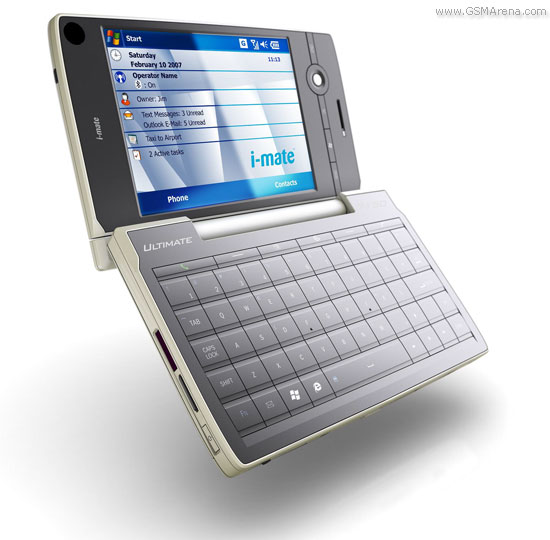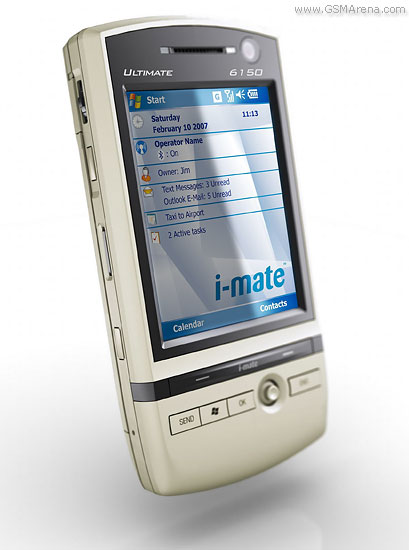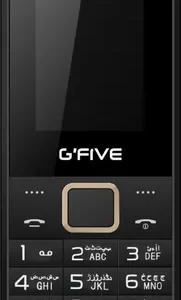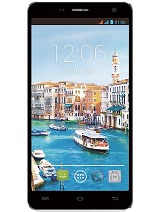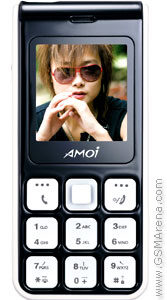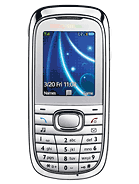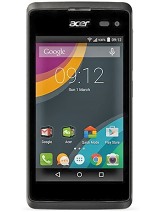i-mate JAQ4 Overall
The i-mate JAQ4 is a device that hails from an era when Windows Mobile smartphones were exploring new frontiers in mobile computing. Announced in February 2007, the JAQ4 features a 2.8-inch display that, for its time, provided a decent screen real estate for navigating through its Windows Mobile 6.0 Professional OS. At its core, the device is powered by the TI OMAP 850 chipset, coupled with 64 MB of RAM, which was sufficient for the basic multitasking and productivity tasks targeted by mobile devices of that period.
One of the key features of the JAQ4 is its 2 MP primary camera, a standard specification for smartphones of its time, allowing users to capture photos with modest quality. Storage options were expandable through the use of a miniSD card slot, providing flexibility in managing applications, music, photos, and other media. The 1660 mAh battery was notably robust for its generation, offering extended usage times compared to its peers.
Despite its attempt to cater to the professional market with features like a full QWERTY keyboard for efficient email and document handling, the JAQ4’s performance and features are considered basic by today’s standards. However, in its prime, it was a noteworthy attempt to merge the functionality of a PDA with the connectivity of a cellphone, aiming to provide a comprehensive mobile office solution for its users.
